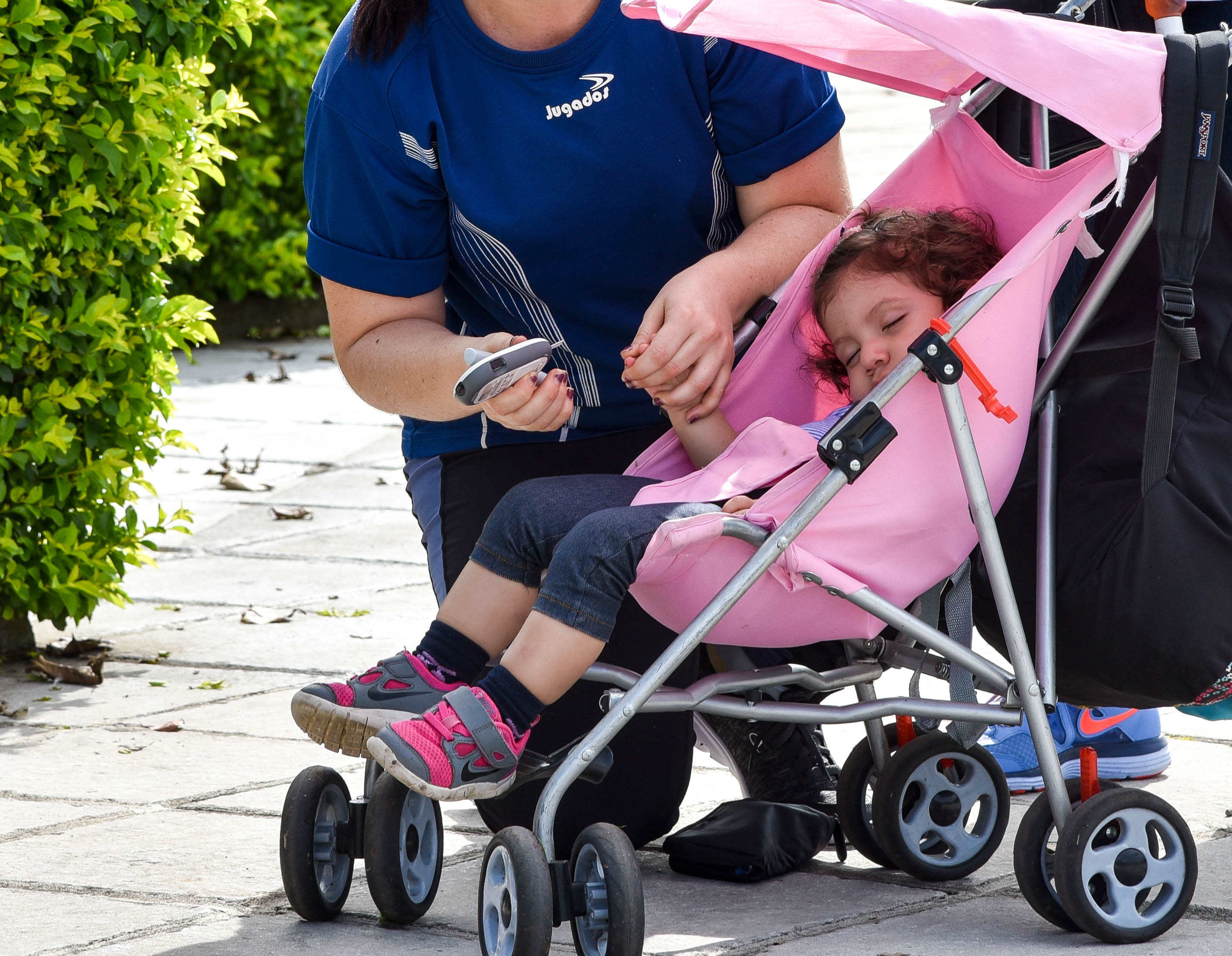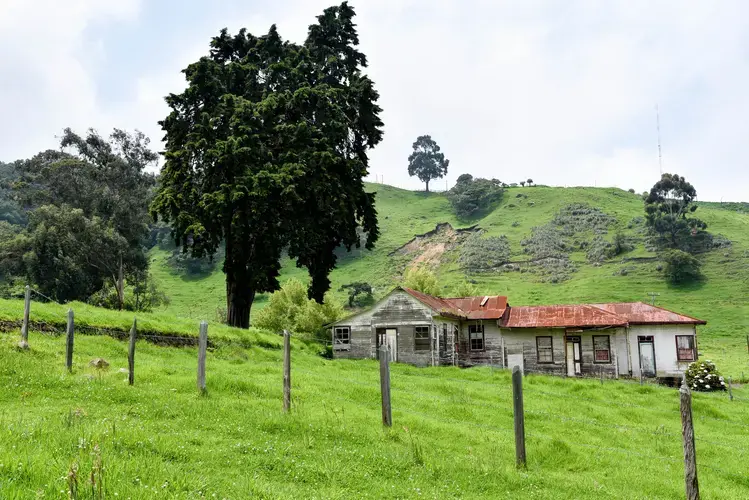
It’s that time again: The 3-year-old daughter falls asleep on the sofa watching her favorite cartoon. Her mother tucks her into bed and suddenly remembers she forgot to give her the necessary long-term insulin to keep her daughter’s blood glucose at a safe level through the night. The mother reaches for the box of test strips.
No más. The box is empty.
The panicked mother is unsure what to do. Does she give her daughter an insulin shot without knowing her current glucose levels—potentially risking injecting too much insulin, possibly causing the 3-year-old not to wake to see a new day?
This scenario is the harsh reality for many Costa Rican low-income and rural parents of type 1 diabetic (T1D) children, those forced to cope and survive within the confines and restraints of the government’s limited supplies provided as part of the national health system.
Adequate quantities and the availability of testing supplies are crucial and critical to ensure a type 1 diabetic’s daily life is manageable and safe, especially for a child. If one is fortunate to have access to the proper resources and needed supplies, type 1 diabetes can be managed sufficiently, allowing the best possible quality of life. But if families are unable to purchase additional supplies beyond the minimum provided through the government’s national insurance, the long-term prognosis is dire.
Caja Costarricense de Seguro Social, the Costa Rican government's Department of Social Security, provides care and supplies to type 1 diabetics. Yet, only the most basic medicines and equipment are supplied—such as a single type of insulin and only 100 test strips every three months. This number of test strips is simply not enough to live a comfortable T1D life. A typical diabetic in the U.S. tests up to 12 times daily to ensure specific levels before injecting insulin.
Lack of access to the test strips can limit and restrict a child’s lifestyle such as flexibility with diet and schedule. It is also a safety concern, especially for a young child trying to keep glucose levels consistent.

The reality is if diabetics in Costa Rica are affluent, they usually have better access to healthcare and medicines, all of which are imperative to managing type 1 diabetes effectively and safely.
A rural T1D child in Costa Rica is forced to travel into the capital of San José in order to see an endocrinologist specializing in pediatric diabetes, receive adequate supplies and peer support, and obtain education from healthcare professionals and experts—since this is the only children’s hospital in the country offering treatment for diabetes.
According to pediatric endocrinologist, Dr. Roberto Bogarin, a child, upon turning 15, is transferred into the adult hospital and system. While far more adult hospitals operate across the country, the necessary supplies become more scarce and costly to obtain.

Approximately 200 kilometers away nestled between two shipping ports lies the town of Límon, the home of an 18-year-old type 1 diabetic boy. He is a typical teenager in every way except that he was diagnosed with T1D when he was a child. This has now become the focus of his life.
The sun rises as the muggy heat pervades the Caribbean home. The young teen reaches for his blood glucose meter and finds there are no more test strips. He stumbles into the kitchen opening the cabinet. The cereal box is empty. He then looks into the fridge—no milk or eggs. His stomach growls as he feels his body tremor from his low sugar level. He looks for some change in his wallet only to find 100 colones, not even a dollar.
Every morning he wakes up attempting to guess his current glucose levels while trying to locate something so basic yet at times unavailable—food.
Not only do diabetics require a sufficient amount of medical supplies but they also require food, especially when their blood sugars plunge dangerously low. This boy from Límon is not guaranteed enough food from day to day— presenting yet another risk as he attempts to properly manage his diabetes. Without sufficient food in his home, how can he possibly hope to correct low blood sugars?
Type 1 diabetic and diabetes educator Paula Chinchilla, says, “Not only is he not testing enough, but I think he also doesn’t understand how to correct his levels when they are too high or too low.”
As a result, this boy has no flexibility in his life since he is only provided with one type of insulin and therefore uses a fixed dose everyday—all dictated by the government.
To put this into perspective—if this boy deviates whatsoever from his strict diet and regimen, he may possibly lapse into a coma and die.
In stark contrast, Chinchilla, now 22, was born and currently resides in the metropolitan city of San José. She was diagnosed with T1D at age four. Living in the city allowed easier access to proper care, while her family was fortunate enough to afford all the additional supplies needed to manage her diabetes comfortably and thus feel her best. Frequent testing provides the flexibility to live her life as a “normal” teen.
Her T1D regimen is not only safe but allows her to feel her best due to her ability to purchase well over what the basics the government provides unlike the majority of the rural or lower-income children in the country.
Chinchilla realizes how fortunate she is to have the luxury of access to the most innovative products and medicines. Now as a young adult, she has dedicated her life to give back to the type 1 diabetic community in Costa Rica.
She and her mother, a recognized television chef, founded Día Vida. Their association is the first and only T1D community support group in all of Costa Rica. Mother and daughter were also inspired to open a low-sugar and healthy focused coffee shop and bakery in San José, catering to those with dietary issues, and especially type 1 diabetics. The association hosts monthly Día Vida meetings to help raise awareness and support those with type 1 diabetes. Special focus is on those newly diagnosed and their families.
The disparity between those fortunate enough to have access and resources for extra medicine and supplies creates a glaring contrast to those forced to rely and live on the meager and minimal supplies and care provided by the Costa Rican Government.





